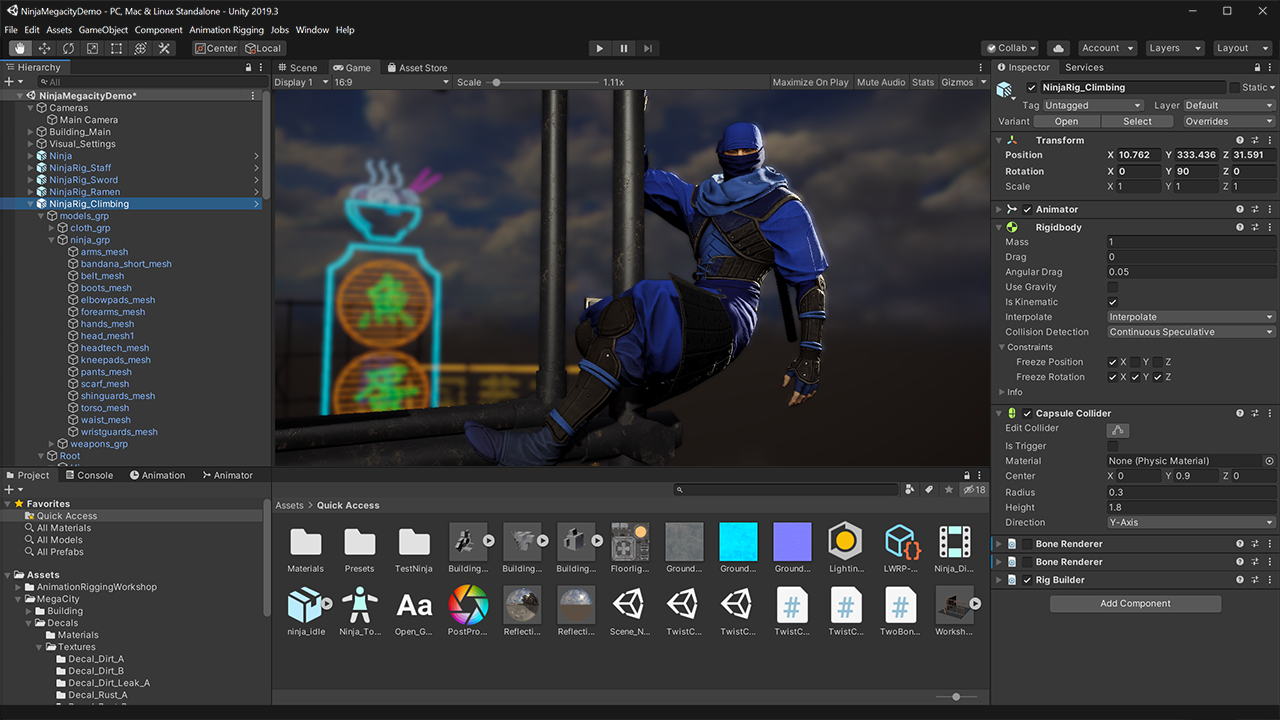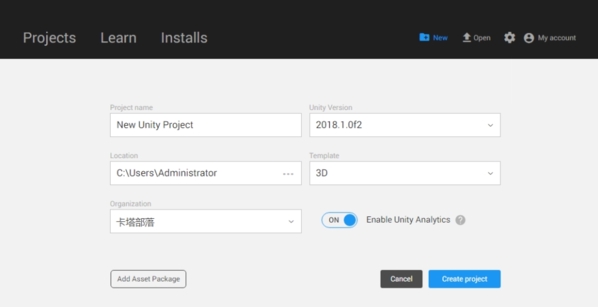

Distribution agnostic: Can run on various different Linux distributions.Let me list some of the features or benefits of AppImage. exe files in Windows that allow you to run the software without actually going through the installation procedure. You delete the AppImage file, and the software is removed (we’ll see about it later).

You execute the AppImage file, you run the software. It is a compressed image with all the dependencies and libraries needed to run the desired software. In fact, AppImage doesn’t really install the software. AppImage doesn’t install the software in the traditional wayĪ typical Linux software will create files at various places, requiring root permission to make these changes to the system.ĪppImage doesn’t do it. By packaging the software in AppImage, the developer provides just one file ‘to rule them all.’ End-user, i.e., you can use it in most (if not all) modern Linux distributions. This is where AppImage comes into the picture.ĪppImage is a universal software package format.

The developers have to create multiple packages for multiple distributions. While these packages provide a convenient way of installing software to their respective distribution users, it is not the most convenient for the application developer. Unlike traditional DEB/RPM packages, AppImages can be used on any distribution and this is what makes them so attractive to the Linux users.įor years, we have DEB packages for Debian/Ubuntu-based Linux distributions and RPM packages for Fedora/SUSE-based Linux distributions. What is AppImage?ĪppImage is a relatively new packaging format that gives you a click-to-run way of running applications in Linux.

In addition, I’ll also tell you a few things you should keep in mind while using AppImage. In this tutorial, I’ll show you what an AppImage is and how to use AppImage to install applications in Linux. Recently, you might have noticed that some applications are downloaded with an extension. rpm files and double click on them to install software is one of the most convenient ways to do that. There are ways to install the software in Ubuntu or any other Linux distribution. I can work around this by downloading and extracting the AppImage outside of Docker but it'd be nice to be able to do it inside the Dockerfile.Brief : This AppImage tutorial shows you how to use AppImage to install software and how to remove the applications it installed. *** Error in `./linuxdeployqt-7-x86_64.AppImage': corrupted size vs. Squashfs-root/usr/lib/appimagekit/mksquashfs Squashfs-root/usr/bin/desktop-file-validate linuxdeployqt-7-x86_64.AppImage -appimage-extract


 0 kommentar(er)
0 kommentar(er)
